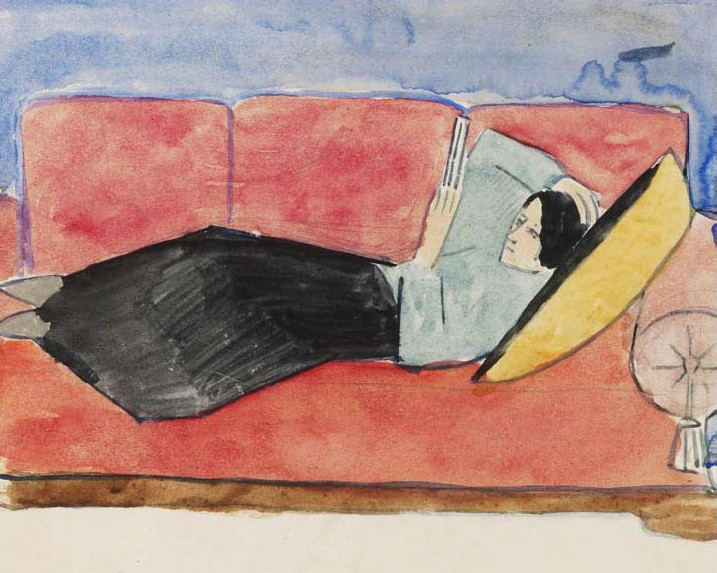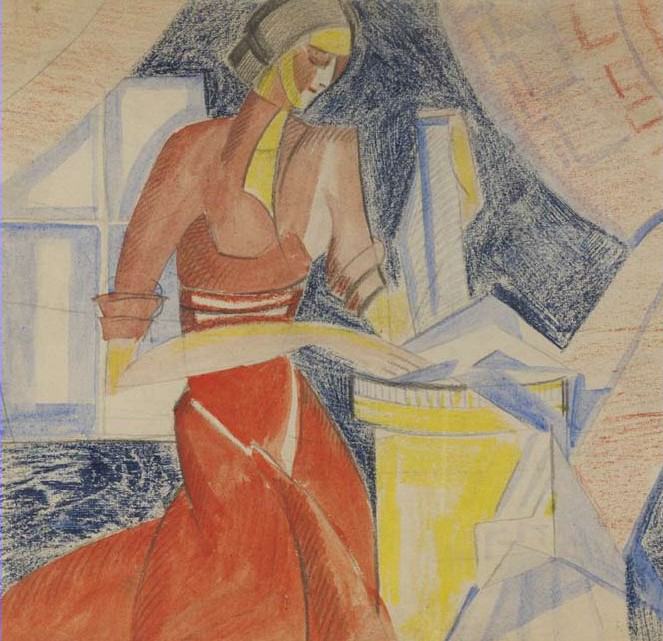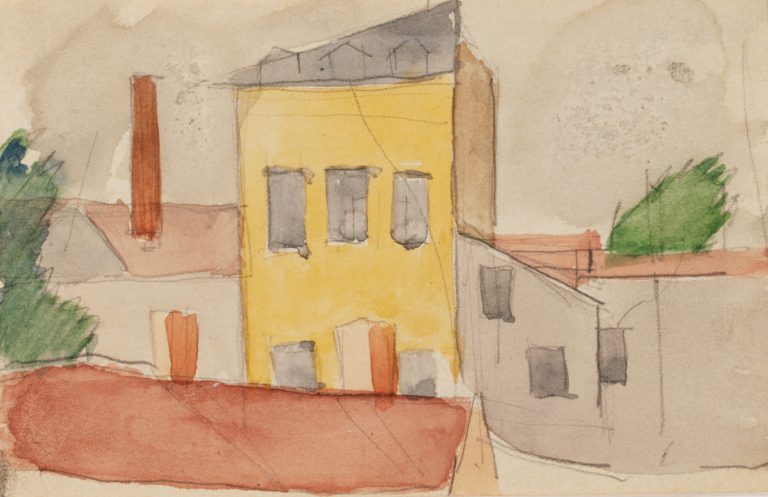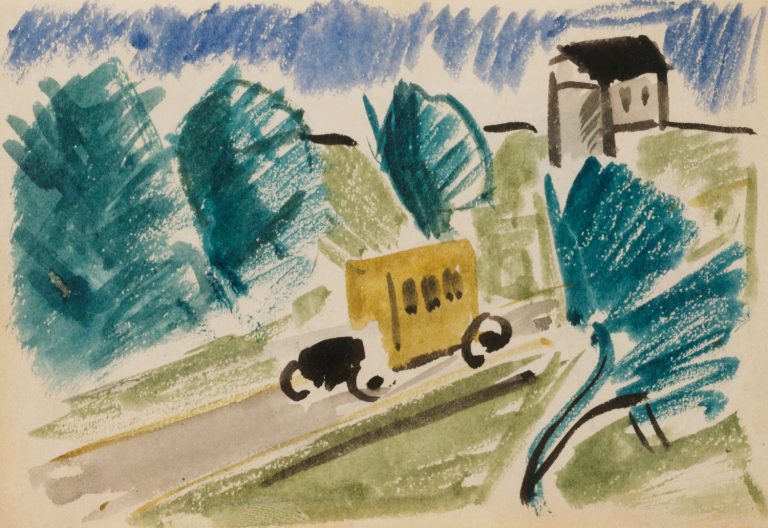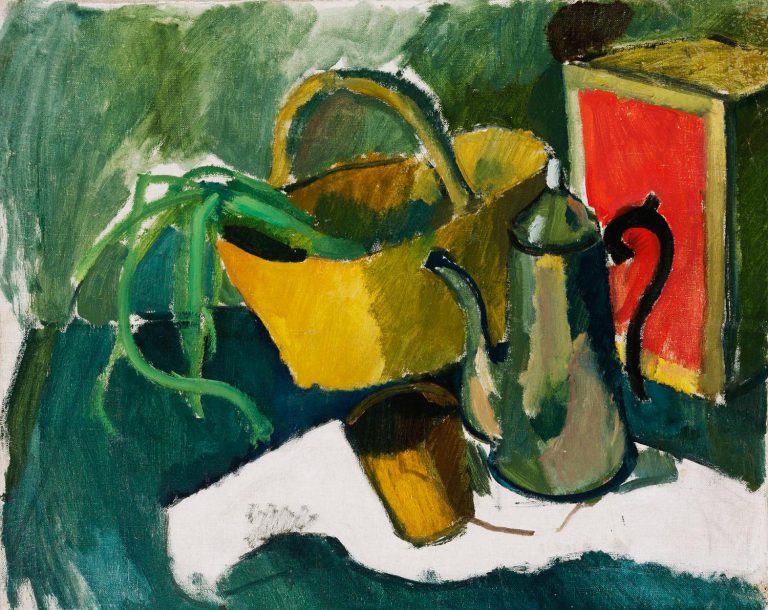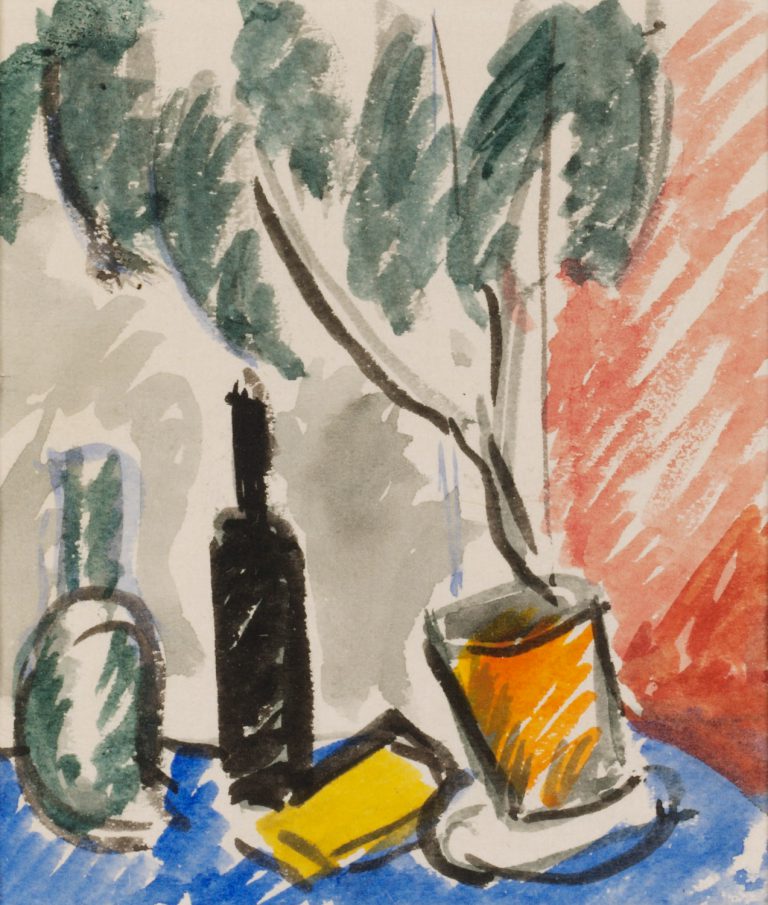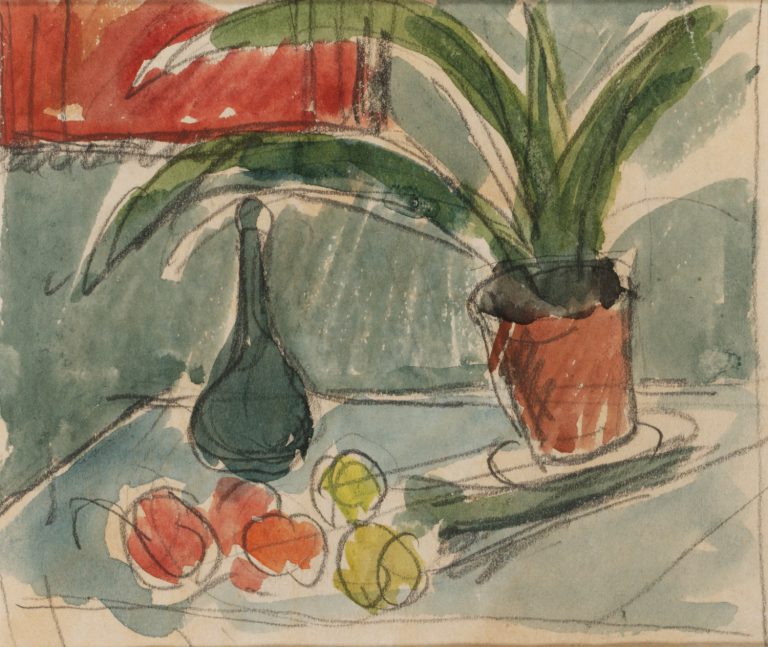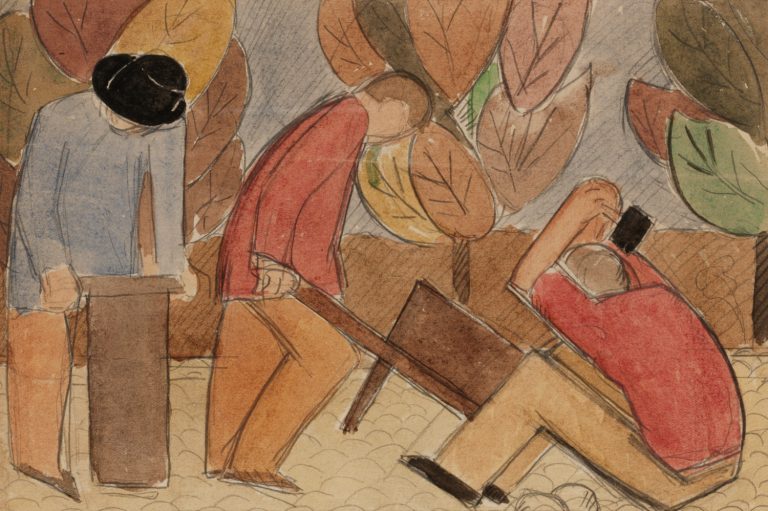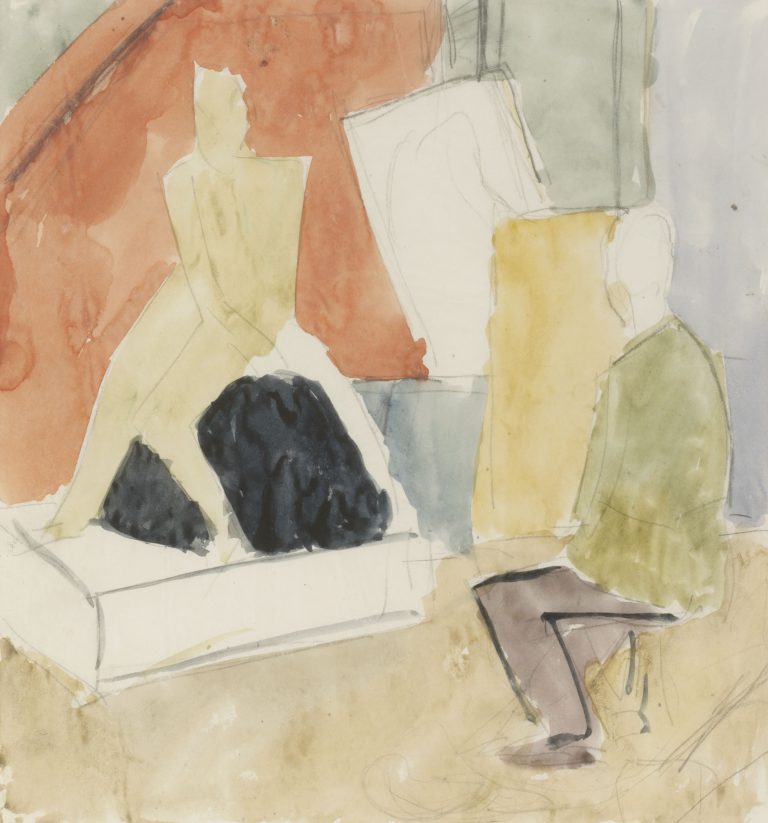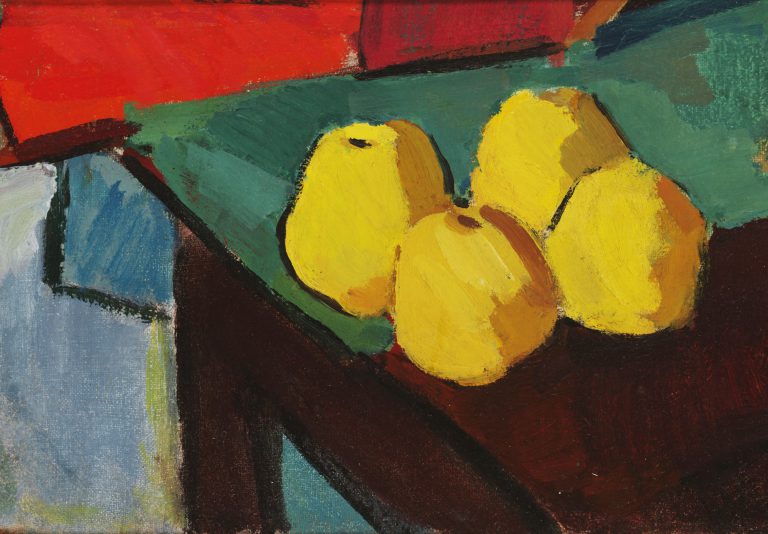Biography
Alexander Rusakov was a Russian painter and graphic artist. In 1918-1924 he studied at Vkhutemas (Higher Art and Technical Studios) and then Vkhutein (Higher Art and Technical Institute) under Nikolai Dubovskoy, Dmitry Kardovsky and Osip Braz.
His painting and graphic techniques included oil, watercolour, ink and coloured crayons. He painted primarily landscapes he saw from the window of his atelier located on the corner of the Bolshoy Prospekt and, less often, scenes from everyday life, portraits and still lifes.
In 1925 Rusakov began to take part in exhibitions. He was a member and an exhibitor of the Artists Community (1925-1927) and Artists Circle (1927-1930) groups. In 1932 he became a member of the Leningrad Union of Soviet Artists.
During WWII Rusakov stayed in Leningrad and continued to work. He took part in an exhibition in 1943 during the siege and his landscapes of this period are considered to be among his best works.
From the late 1940s he worked primarily in tempera and achieved an exceptional clearness and precision in this technique, which are evidenced in his Still Life with a Sculpture by Donatello, Schooner. The Blue Neva and a series of landscapes from the Karelian Isthmus made in 1950-1951.
Rusakov’s exhibitions were arranged in Leningrad/St. Petersburg in 1957, 1984, 1998 and 2006 and Moscow in 2008. In 2007 his works were shown at a large retrospective exhibition of the Artists Circle in St. Petersburg.
Alexander Rusakov was one of the leaders of the so-called Leningrad school of the 1920-1940s, along with Nikolai Tyrsa, Nikolai Lapshin, Alexey Uspensky, Alexander Vedernikov, Vladimir Grinberg and Alexander Samokhvalov. His characteristic features were repeated themes, intimacy, lyricism and a free and improvisational manner with colouristic and plastic generalisations.
Rusakov’s works are in many museum and private collections, including the Russian Museum, the Tretyakov Gallery, the Saratov State Art Museum named after Radishchev and the Odessa Fine Arts Museum.

